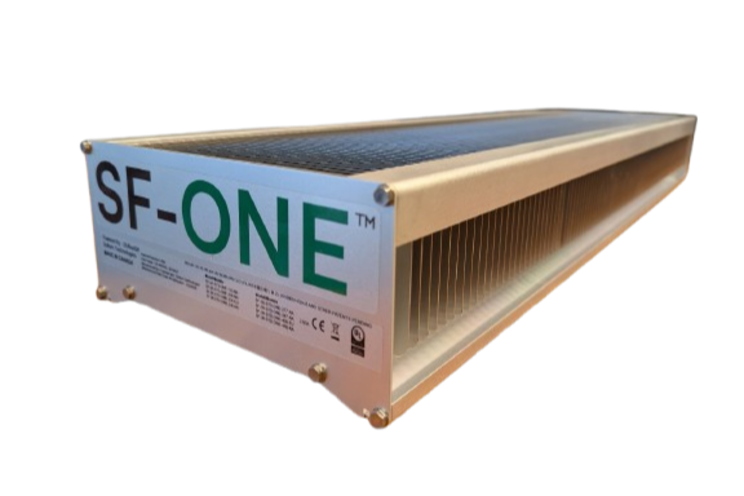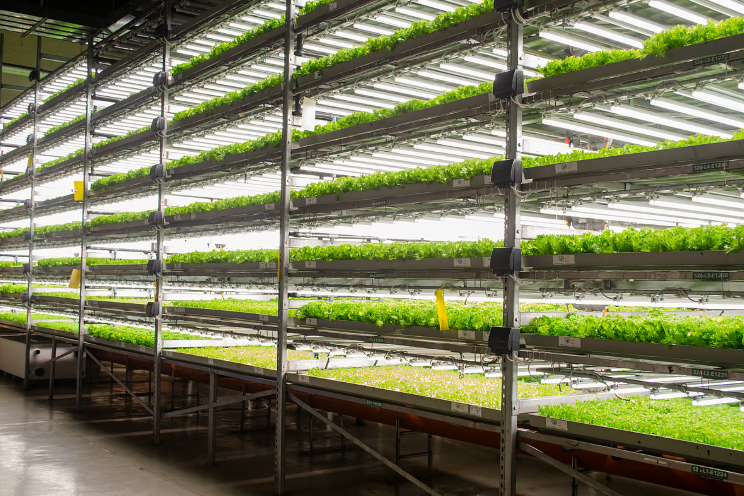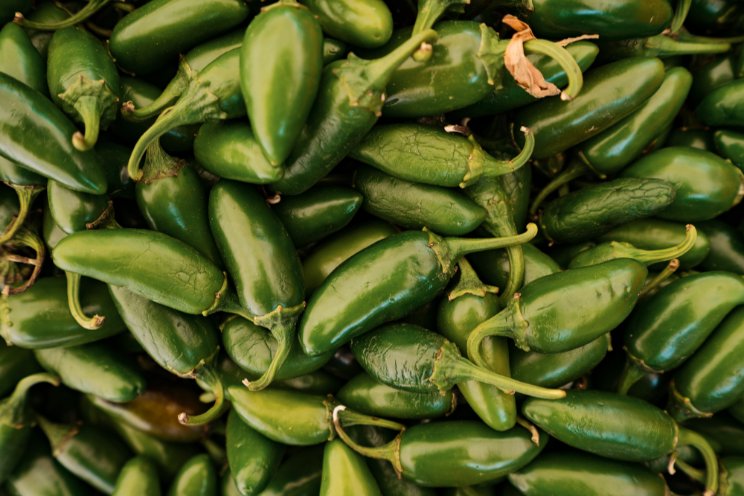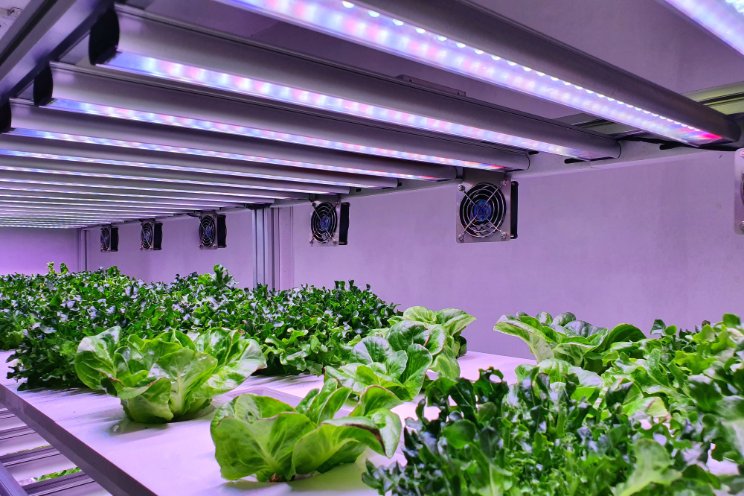Fight those fuel costs
Added on 18 December 2023
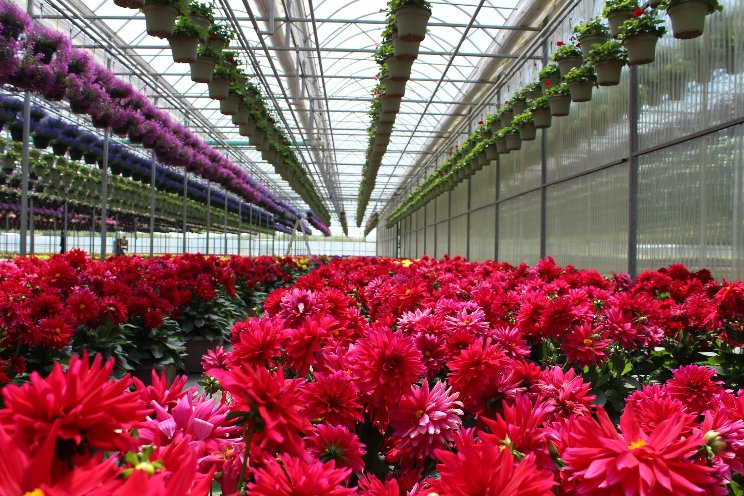
Combustion efficiency
Efficiency testing of a furnace or boiler is a 10-minute procedure that can indicate when problems begin to occur. It is the key to saving money on the heating bill. Increasing efficiency a few percent can significantly reduce fuel consumption over the heating season. For example, a 2% increase in efficiency of a million Btu/hr burner operating 2,000 hours will save about 289 gallons of fuel oil, 367 ccf of natural gas or 432 gallons of propane. This is quite realistic based on efficiency tests conducted on greenhouse heating equipment in New England.
A first step toward this is to have a competent service person clean and adjust all furnaces and boilers before the start of the heating season. Service should include:
Oil fired units
Changing the fuel filter on oil furnaces. It is surprising how much sludge and dirt collects in the fuel. Tanks should be located away from dusty locations and watertight fittings should be used. Outdoor tanks should be protected from harsh winter weather with an enclosure.
Replace the nozzle and adjust the electrodes. Wear increases the nozzle orifice opening increasing fuel usage. Select a nozzle with the correct spray angle to fit the firebox. Check the fuel pump pressure. Follow the manufacturers’ recommendations.
- Adjust the air-to-fuel ratio.
- Inspect safety controls including cad cell sensor, transformer, limit switch and fan control.
- Gas fired units
- On natural gas units, check gas inlet and manifold pressure to make sure it is properly set.
- On propane units check gas regulators for proper pressure settings and to be certain the regulator and gas port vents are not plugged.
- On larger systems, an evaporator or vaporizer converts the liquid propane into the gaseous state. These heaters with safety valves and flame supervisor need to be checked and maintained.
- The mixer air valve which combines propane gas with atmospheric air should be serviced and tested to manufacturers’ recommendations.
Heat exchanger
Soot should be removed from heat exchanger surfaces. A 1/8-inch soot deposit can increase fuel consumption by as much as 10%. Brush and vacuum surfaces or clean them with special cleaning compounds.
Photo by Rebecca Niver on Unsplash
More news
